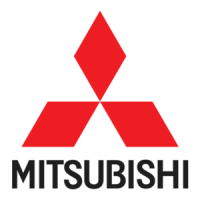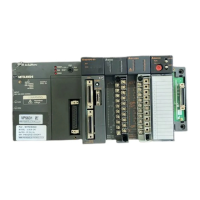Chapter 3 Specifications and Functions Page: 52 3.1 General Specifications Details the general specifications of the AD75, including environmental, vibration, and electrical characteristics.
3.2 Performance Specifications Provides key performance specifications for various AD75 models, covering control methods, data, and physical dimensions.
3.3 List of Functions Categorizes and lists the various control, auxiliary, and common functions provided by the AD75.
3.3.1 AD75 Control Functions Explains the primary control functions of the AD75, including zero point return, main positioning, advanced positioning, and manual control.
3.3.2 AD75 Main Functions Details the main functions of the AD75, such as zero point return, linear control, circular interpolation, and speed control.
Chapter 6 Sequence Program Used for Positioning Control Page: 222 6.2 List of Devices Used Lists the input/output Nos., internal relays, and data registers used in sequence programs for AD75 control.
6.3 Creating a Program Explains the general configuration and details of creating the positioning control operation program.
6.5 Program Details Explains the details of specific programs for initialization, start settings, JOG, manual pulse generator, and stop operations.
6.5.3 Start Program Describes programs for starting control using positioning start or external start signals, including timing charts.
6.5.5 Restart Program Details the procedure and restrictions for restarting positioning control after a stop.
6.5.6 Stop Program Outlines the different stop processes and causes, including forced, fatal, emergency, and intentional stops.
Chapter 12 Control Auxiliary Functions Page: 414 12.4.1 Speed Limit Function Explains the speed limit function, which limits command speed to a set range when it exceeds the speed limit value.
12.5.1 Speed Change Function Explains the speed change function, used to change speed during control to a newly designated speed at any time.
12.5.2 Override Function Details the override function, which changes the command speed by a designated percentage for all control.
12.6 Other Functions Covers other auxiliary functions like step, skip, M code output, teaching, command in-position, stepping motor, and indirectly specification.
12.6.1 Step Function Explains the step function, used to confirm each operation of positioning control one by one, mainly for debugging.
12.6.2 Skip Function Details the skip function, used to stop the current positioning and execute the next positioning data.
12.6.4 Teaching Function Describes the teaching function, used to set addresses aligned using manual control into positioning data.


